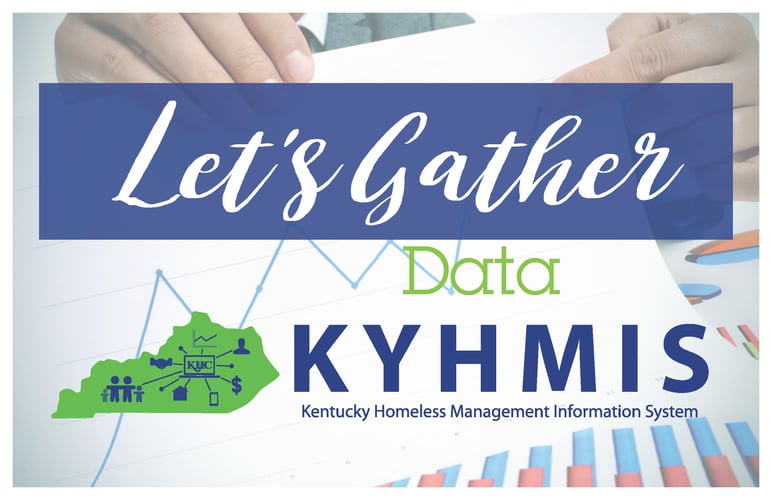Learn how nonprofit HOMES, Inc. is revolutionizing affordable housing in Letcher County by building net-zero houses with solar panels, providing energy-efficient solutions for flood survivors and creating job opportunities in the region.
Net-Zero Houses in Letcher County
For solar power, direction matters. A house facing south is best. Southwest will do. Topography matters, too. Yet in the hills of Southeastern Kentucky, deep in the valleys, where one might assume the sun doesn't shine directly or is obscured by mountaintops, nonprofit housing developer HOMES, Inc., is building "net-zero" houses with solar panels.
Net-zero is a distinction in alternative energy that means, in essence, the energy captured from a renewable source, e.g., the sun, is enough or more than enough to cover the energy needs of the user, e.g., a homeowner. For HOMES, net-zero is achieved thanks to solar panels placed strategically on the roof. Any excess energy captured by the solar system but not used by the homeowner goes back out through the meter into the grid. The homeowner is credited for the excess. The credits are saved during the long days of summer and spent during the short days of winter when the solar system captures less energy because there are fewer hours of sun. All in all, when the entire year is taken into account, the energy used is equal or less than the energy captured: net-zero.
To date, HOMES, Inc. has built five houses with solar systems, but there are more in development. Two are currently under construction for flood survivors: one in McRoberts for Lois Thompson and one near Deane for Regina Quillen. HOMES also works with businesses to install solar panels on commercial properties. Clients so far include Housing Development Alliance in Hazard and Middlesboro Community Center. The latter's solar system, consisting of over 160 panels, will, it is estimated, save the city of Middlesboro $8,500 per year.
"The net-zero benefit in affordable housing is related to affordability," said Seth Long, executive director of HOMES. "When we think about affordability in housing, especially for low-income folks, the focus is often on the principle, interest, taxes, and insurance—PITI—the payment. Very few people think about U, or the utility cost. The utility cost on these houses that we have built so far should be the base rate of the power bill, which is $21.50 a month. That goes a long way for a low-income person to be able to afford a house."
Lois Thompson
Lois Thompson lived in a coal camp house that was built over 100 years ago. Time took a heavy toll on the structure, in part because it was constructed without a permanent foundation. The house sagged and the frame ballooned. The second floor was unsafe. The utility bills were high, yet the house remained cold throughout the winter. Lois used a portable propane heater to warm the main room.

"It was not an energy efficient house," said Seth.
The flood of 2022 proved too much for such an enfeebled structure. Water from a nearby stream destroyed the heat pump and soaked through the floorboards. Lois called HOMES. This time, though, instead of making minor improvements, which the organization had done before, Seth saw an opportunity. Using the relief money from FEMA along with support from HOMES, Lois could afford to have her old house (pictured above) razed and replaced with a brand-new, accessible two-bedroom, one-bathroom home with a solar system on the roof that will provide 100% of her energy needs during the course of the year. The new house is being built on the same lot, so she doesn't have to leave the land she has called home for 70 years.

Regina Quillen
"I lost everything twice in six months," said Regina Quillen.
Like Lois, Regina did not have to leave the land she has called home since she was a child. HOMES built her new home on the site of the old one. But unlike Lois, Regina sustained two disasters: the flood followed by a fire.
Regina was no stranger to disasters. In the 1980s, when she was a teenager, her family's home flooded. She remembers wading through waist-deep water inside.
"My dad decided then," she said, "that we weren't going to be flooded anymore. And so when he built my home, he built it with an above-ground basement. The first floor was 10 feet above ground."

But for the unprecedented floodwaters of July 2022, that was not high enough.
"The water was lapping up into the first level of the house," she said. "The house was surrounded by water."
Regina thought she was lucky. Nobody was hurt, and the water damage upstairs was relatively minor. Unfortunately, the damage below and the mold that followed was extraordinary. She used the relief money from FEMA to begin to restore the house to habitability. A fire burned the structure to the ground before the work was finished.
"At that point, I wasn't sure what I was going to do or what my family was going to do," said Regina.
With nowhere to live, Regina called HOMES.
"Having to think about starting all over again was scary," she said. "I looked into mobile homes, trying to buy something else, but I really wanted to come back home. If it had not been for HOMES, I probably wouldn't have a home. I couldn't afford to start over again this late in my life. I am very blessed."
The man behind the solar operation at HOMES is Clayton "Fuzz" Johnson, a fifth-generation logger who chose a career as an electrician over one as a logger or miner. Now he is the solar specialist at HOMES.

The process starts with a Home Energy Rating System (HERS) analysis, which shows how efficient a house is and estimates its energy usage. Then Fuzz maps the surroundings: trees and mountains, shade, and the orientation of the roof. Facing south is ideal, he said, but west can work, too. Finally, he enters all this data into a specialized software that calculates how many solar panels are needed to make the house net-zero. The last step is to design the system—the placement of the panels, wiring, inverter, etc.—and work with the installers to bring the plans to life.
Both Fuzz and Seth see solar as much more than solar. They see it as a way forward for a region that has been at the heart of the energy industry.
"The whole solar idea is new to this region," said Seth. "However, energy production is not new to this region. These are the coal fields of Eastern Kentucky. We've been the energy leaders of the world. We built America here off the energy that was produced out of these coal mines. Coal has left the region in so many ways. Looking forward, we are trying to say that we can continue being energy leaders in the nation, but maybe the energy production looks different than it did before. This is a way to produce electricity. There are a lot of possibilities... I think there is a lot of room to do solar work here in the coal regions of the United States."
"Our thing at HOMES is helping people," said Fuzz. "One way that you help people—not only do we help people by building houses and putting solar on—but we also provide jobs. And that is something we need desperately in this part of the region, so the more that we get into the solar, the more people we can put to work. This gives us another way to hire more people. The more people you got working, the more people you are helping."


